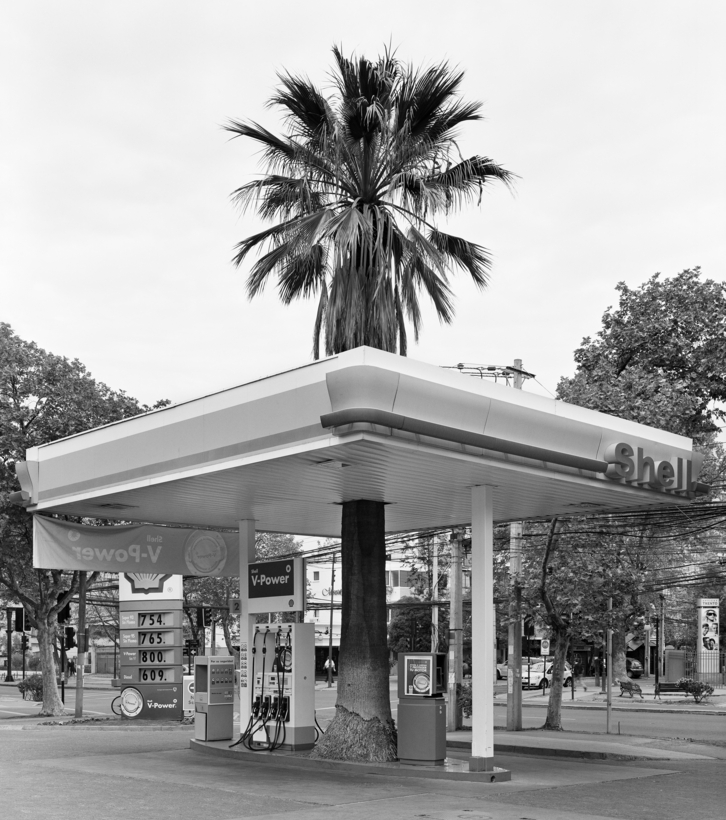“One felt as if there was an enormous well behind them, filled up with ages of memory and long, slow, steady thinking; but their surface was sparkling with the present.”
This is J. R. R. Tolkien describing the eyes of Treebeard in the second part of his trilogy, The Lord of the Rings. Treebeard is an Ent, a shepherd of the forest. In a letter to the poet W. H. Auden, Tolkien wrote of the walking-talking Ents (manlike trees, 14 feet tall, with rootlike toes), “I did not consciously invent them at all.” While he admits that as a schoolboy he was annoyed by Shakespeare’s Great Birnam wood—“I longed to devise a setting in which the trees might really march to war”—he says he felt he was “reporting” the Ents, not inventing them. (And yet, Ent is the last three letters of invent.)
We know that artists are often in unconscious accord with the scientists of their time. When it came to trees, Tolkien was actually far ahead of the science of his time. His instinct for their “tree-talk,” their integrity, their sentience—“I can see and hear (and smell and feel) a great deal,” says Treebeard—is in amazing accord with our most recent research on trees. Tolkien really was reporting! Dip into the international bestseller The Hidden Life of Trees (2016), by the German forester and environmentalist Peter Wohlleben, and you’ll find stunning evidence of communication between trees, their learned behaviors, sharing of resources, and systems of self discipline; even of how they use fungal networks at their roots to warn neighboring trees of danger. Contented forests are close-knit communities, able to change their environment—and ours—for the better.
Like most people, no tree wants to be stuck in isolation from others, and, like trees, most people do not want a world without forests. But that is where we seem to be heading. Now, several artists and exhibitions are coming at the subject of deforestation and environmental distress with their own forms of reporting and inventing. One might start with “Berlinde de Bruyckere: A Single Bed, a Single Room,” on through the end of the month at Galleria Continua, in San Gimignano, Italy. The Belgian de Bruyckere uses tree trunks as bodies, and tree limbs as bones. In the work Infinitum, she places pieces of rough wood, some wrapped in stained rags that suggest dried flesh, inside bell jars. An elegy? A memento mori? Under that glass the death of trees and of man are one.
Contented forests are close-knit communities, able to change their environment—and ours—for the better.
In Paris, at the Fondation Cartier Pour L’Art Contemporain, “Trees” is a hybrid exhibition of art, philosophy, and biology (which sounds something like Tolkien’s analysis of his Ents as “composed of philology, literature, and life”); and at the Musée Zadkine, opening September 27, the exhibition “The Dreamer of the Forest” delves into the ways artists have expressed the psychological power of forests. More conceptual is “I Have Grown Taller From Standing with Trees,” an installation by Claudia Comte at Copenhagen Contemporary Gallery on through September 1. In Moscow, two shows—“Graft” and “The Coming World,” both at the Garage Museum of Contemporary Art through December 1—directly address climate change and its consequences. And at Gropius Bau in Berlin, also on view through December 1, “Garden of Earthly Delights” presents conceptual meditations on the garden, knowledge, and nature.
In what can only be a herculean feat, the Basel-based curator Klaus Littmann is staging a seven-week “intervention” in the Wörthersee soccer stadium in Klagenfurt, Austria, starting on September 9. Titled “For Forest: The Unending Attraction of Nature,” 300 trees of various species will be transplanted into the stadium to form a small European forest, open from 10am to 10pm daily. A dystopian vision? The forest as animal in a zoo.
Laura Jacobs is the editor of AIR MAIL’s Arts Intelligence Report.
